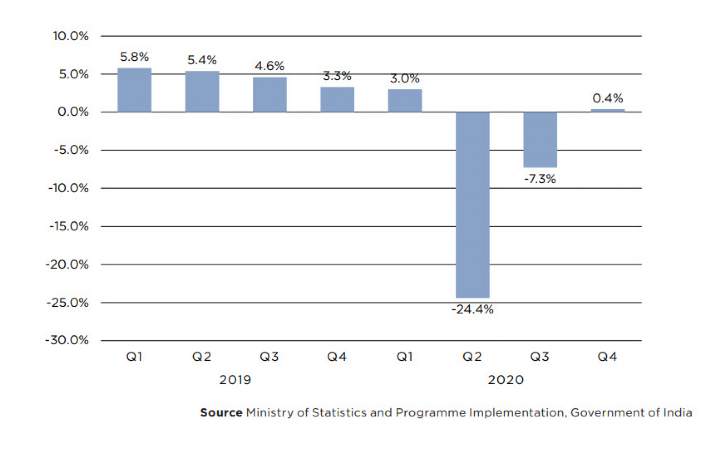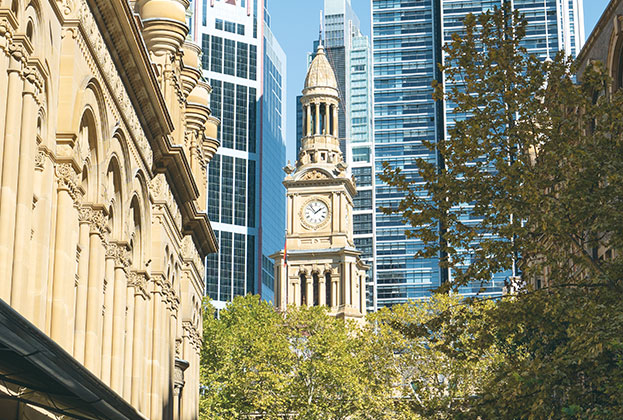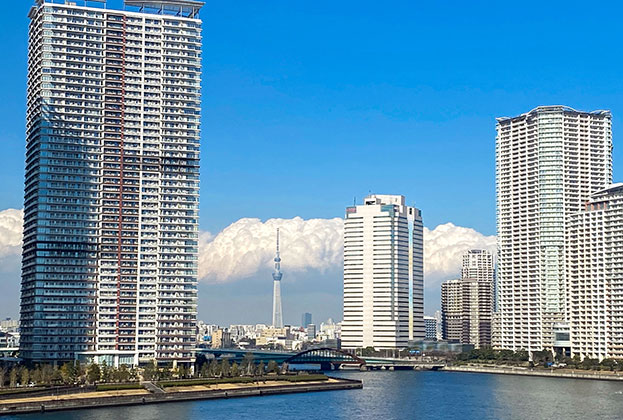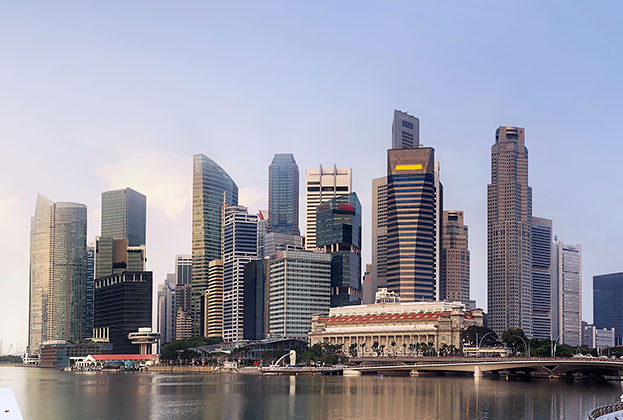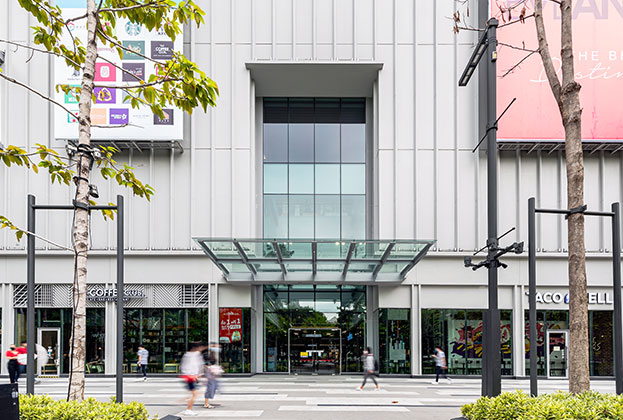Enonomic Overview
Starting April 2020, in common with most global economies, India witnessed two successive quarters of contraction. GDP declined by 24.4% in the April-June quarter and by 7.3% in the following quarter. The April-June contraction, which was the steepest in Indian history, was a result of a nationwide lockdown necessitated by the pandemic. However, GDP grew by 0.4% during the October-December quarter, reflecting the recovery process. The manufacturing sector, which reported a Mumbai’s revival- Strong fundamentals to aid growth contraction of 1.5% in Q3/2020, rose by 1.6% in Q4/2020. Apart from this, agriculture, forestry, and fishing grew by 3.9% in Q4/2020. Among otherindustries, trade, hotels, transport, communications, and broadcasting-related services recorded a lower QOQ contraction in Q4/2020. Quite significantly, construction showed strong growth of 6.2% in Q4/2020, compared to a contraction of 7.2% in Q3/2020.
This recovery towards the end of 2020 was a promising sign, as it was assumed to signify the end of the pandemic-induced recessionary phase. 2021 started on a positive note on the back of a massive nationwide vaccination programme. However, by the close of the first quarter, a second COVID wave had begun and spread at a much steeper rate than the first wave. This surge has caused tremendous strain on the healthcare infrastructure.

